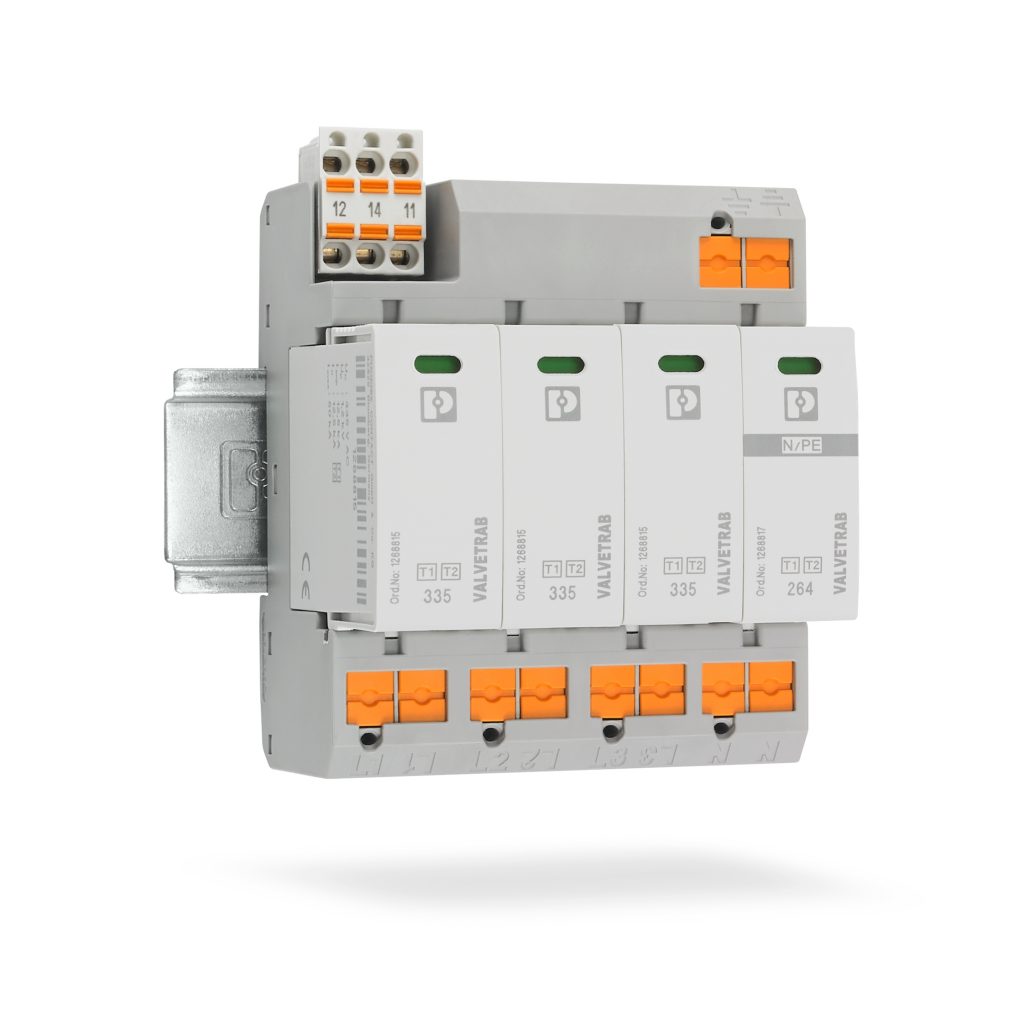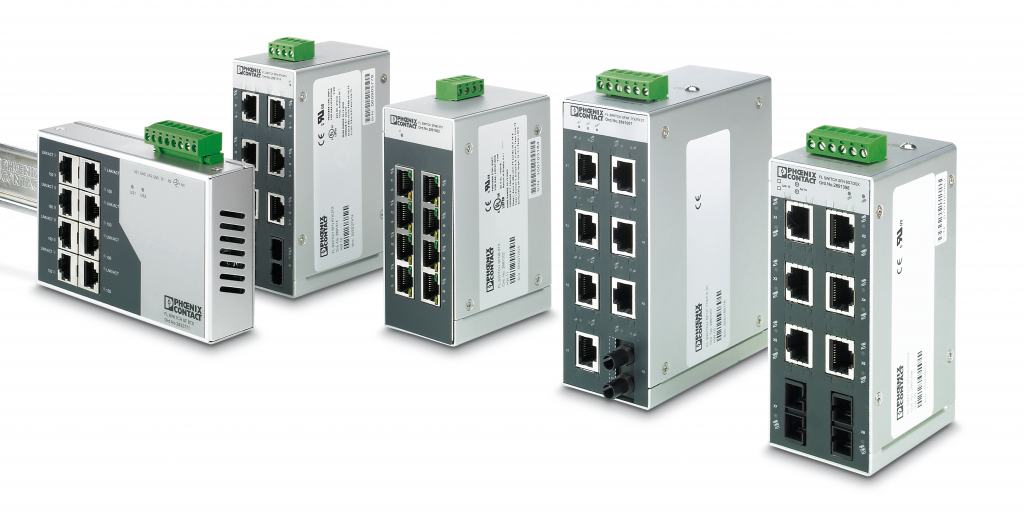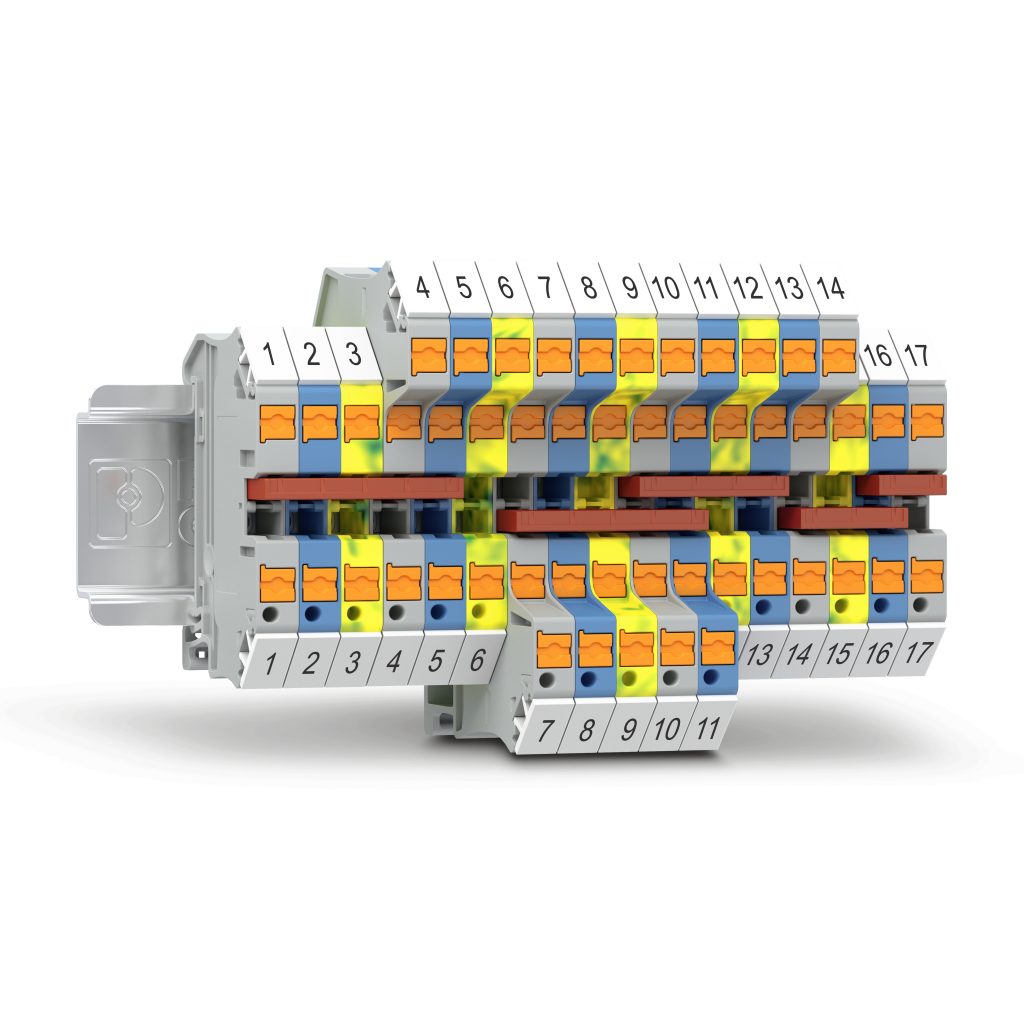Written by Mark Lloyd, Senior Product Manager- Power Supplies & Surge Protection
When we recently updated our Plugtrab SEC range of Type 3 surge protection devices we took the re-design as an opportunity to add push-in technology as an option. This is in addition to the more traditional screw connection. Push-in has proved equally as popular as screw connection, if not more so.

Up until that time push-in was only really an option on SPDs designed to protect signal lines. With Phoenix Contact being the industry’s foremost proponent of push-in technology, it was only a matter of time before this was expanded within our power surge protection range to include Type 2 SPDs.
Continue reading



